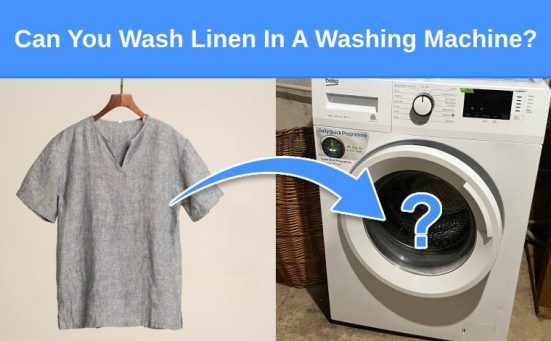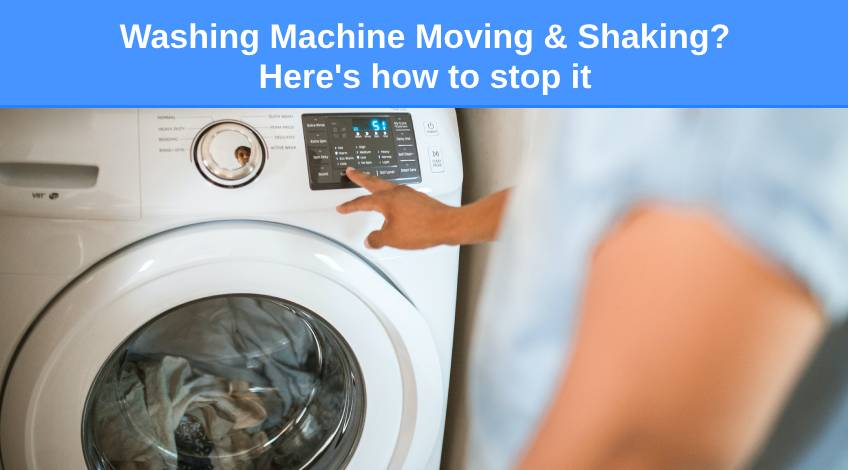
Washing Machine Moving & Shaking? Here’s how to stop it
Is your washing machine shaking more than it should? It happens, even to the good ones.
Excessive movement could be a sign of trouble. Look out for signs like extra vibrations, loud thumping, or the machine travelling across the floor. These are red flags telling you it’s time to intervene. It might be your floor acting up, an unbalanced laundry load, or even those shock absorbers giving up.
Let’s figure out why it’s wobbly and what you can do to fix it.
Why Does Your Washing Machine Shake A Lot When In Use?
Washing machines naturally move a bit, especially during the spin cycle. But if you’re witnessing excessive shaking, something’s up.
There are several reasons why your washing machine is vibrating too much and identifying the specific issue is an important step.
Common Causes:
- Uneven floorboards and tiles
- Washing machine feet are not level
- Using high-spin speed during wash cycle
- Unbalanced laundry load
- Adding too much detergent
- Dirty washing machine filter
- Poorly installed stacking kit
- Washing machine’s transit bolts are still in place
- Washing machine’s shock absorbers are broken
How To Stop Your Washing Machine From Moving And Shaking
Once you’ve identified the cause of your washing machine’s shaking, the next step is to address the issue. Here’s a guide on how to stop your washing machine from excessive moving:
Fix Floorboards And Tiles That Are Uneven
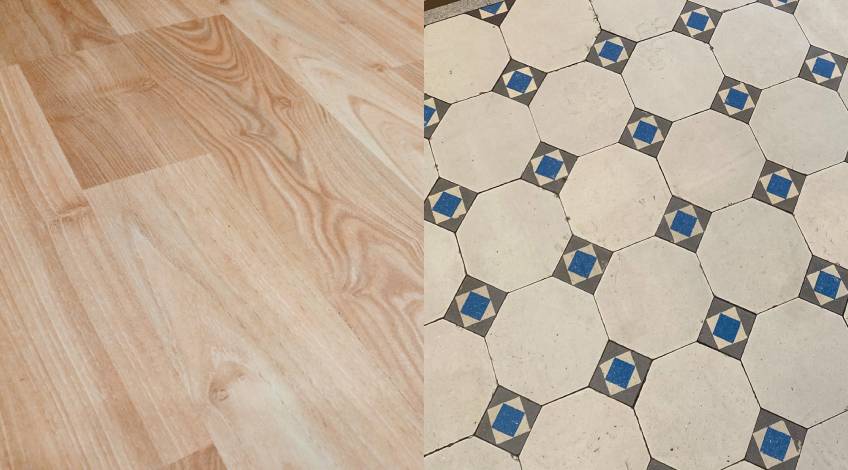
Loose floorboards or tiles may be causing your appliance to move and shake. You’ll notice this if the washing machine wobbles when pushed.
When the floor is uneven, the washing machine’s drum can become unstable, resulting in shaking and banging whenever the drum spins. If your flooring is hard, such as tiles, it may contribute to the excessive shaking of your washer, indicating that the vibrations aren’t being absorbed.
In such cases, you can remedy the issue by adding nails and screws for your floorboards or adhesive for your tiles.
Level Your Washing Machine’s Feet
Washing machines often have adjustable front feet and self-adjusting back feet, allowing you to retract or extend them for levelling. This feature is designed to minimise movement and shaking during operation, ensuring stable performance on different floor surfaces.
If the machine doesn’t self-level, you can adjust the feet manually with a spirit level, a tool that helps you determine if the surface is level. Unscrew the washing machine’s feet and adjust the height accordingly, using the spirit level to check the appliance is level. Make sure the locking nut is tight to stabilise the washer’s feet.
Use Anti-Vibration Feet/Pads
Running your washing machine at a high spin speed can be a reason why your machine vibrates excessively and creates noises, even if your washer doesn’t have any damage.
While reducing the spin speed may not always be possible, the next best option is to add anti-vibration pads to your machine for protection. Attach these rubber feet to each corner of the washing machine to create a stable platform and address any unevenness in the floor.
Additionally, these anti-vibration feet can serve as replacements if you happen to lose one or if the machine did not come with levelling feet.
You can also opt for anti-vibration pads, which are similar to the feet version but larger in size. These pads go under your washing machine instead of being attached to specific corners. They serve the same purpose of absorbing vibrations and reducing the noise your machine makes.
- HIGH VIBRATION ABSORPTION: Our anti-vibration washing machine mat is made of durable recycled rubber particles, pressed to dampen the force of vibration to protect the surface of the subfloor while serving as a sound proofing mat; With just 2cm of thickness, this non-vibration rubber mat provides sufficient padding for optimal protective cushioning
- ULTRA DURABLE & RESISTANT: You can place this anti-vibration mat under any appliance without the worry of it being affected by damaging factors; This ultra-resilient washing machine accessory is moisture and oil resistant, while the anti-mould additives make it ultimately weatherproof - a heavy-duty acoustic mat with plenty of practical benefits
Keep Your Laundry Load Balanced
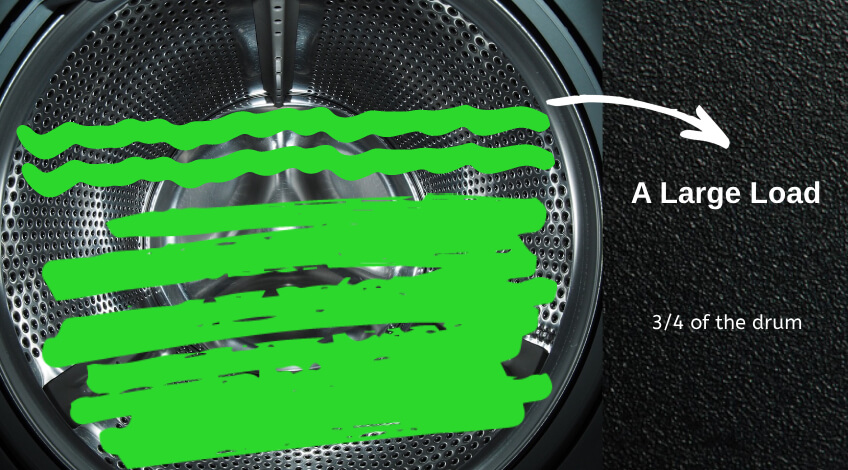
Uneven laundry loads can cause vigorous shaking during operation. It’s not advisable to have uneven weight on either side of your washing machine’s drum, such as heavy items on one side and light materials on the other. Always make sure that your laundry load is balanced to avoid unequal distribution during the spin cycle and excessive shaking of your appliance.
Calibrating your washing machine is key to handling loads properly. Proper calibration ensures that the machine adjusts its settings to handle the laundry load appropriately, thus avoiding excessive movement and shaking of your appliance.
Add The Right Amount Of Detergent

Using too much detergent can create an abundance of suds, contributing to uneven loads and increased shaking.
While modern washing machines have an auto-dose feature that dispenses the correct amount each time, adding too much detergent manually can create a huge amount of suds.
Although suds are naturally light and airy, they may accumulate in specific areas of the washer, such as near the top of the drum where water and suds interact.
If left uncontrolled, the bubbles and foam can disrupt the normal flow of water and detergent, resulting in some sections receiving more detergent and water than others. This unequal distribution leads to imbalanced loads and heightened shaking.
Clean your detergent dispenser and washing machine drum regularly to avoid detergent residue buildup. Always consult the appliance manual for specific laundry instructions.
Clean Your Washing Machine’s Filter
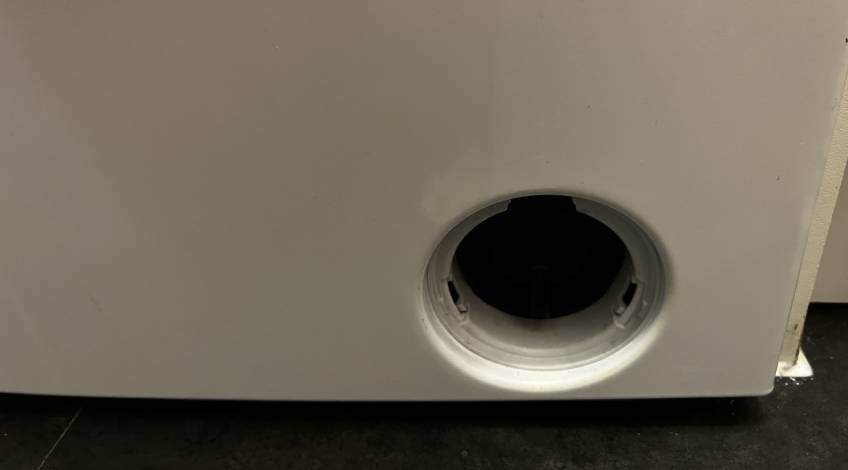
A clogged or dirty pump filter can cause excessive vibration when foreign objects such as coins, bobby pins, buttons or other items go to the drain hose, causing damage to the washing machine.
The filter’s location varies depending on your washing machine model, but it is typically found near the machine’s bottom.
Refer to the manual for instructions on locating and cleaning the pump filter to maintain optimal performance.
Install Your Stacking Kit Properly
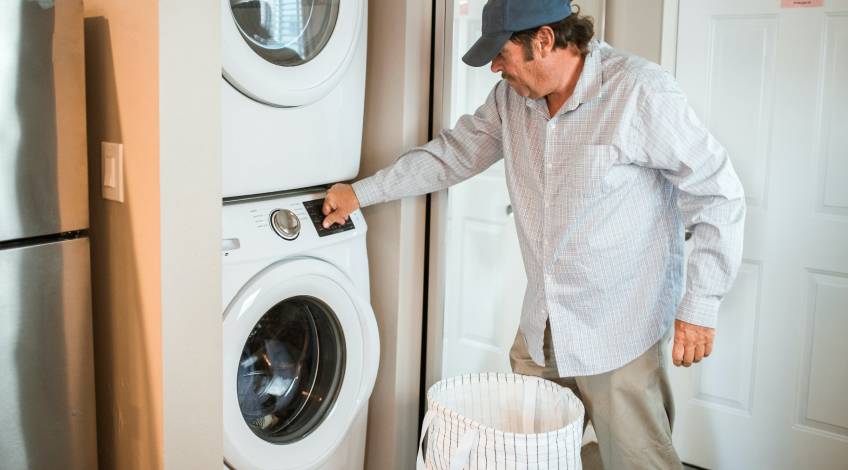
If you’re using a stacking kit for your washing machine and tumble dryer, make sure it’s properly installed to prevent unnecessary movements.
Follow the manual’s step-by-step guide for secure and stable stacking of your appliances.
Remove Your Washing Machine’s Transit Bolts
Transit bolts are there for drum protection during transportation. These bolts are located at the back of the machine and should be removed after installation.
Failure to do so can cause damage to the washer, such as a tear in the outer casing. This, in turn, can lead to vibrations as the entire washer shakes instead of just the drum.
You can check whether they have been removed by inspecting the back of the machine or pressing the inside of the drum to confirm that it wobbles.
Inspect The Shock Absorbers Of Your Washing Machine
Washing machines typically have 2-4 shock absorbers that reduce the washer’s movement while the drum is spinning. If the shock absorbers are broken, they might be the cause of the vibrations in your appliance.
You can identify the exact location of the shock absorbers by referring to your washing machine’s manual. Usually, these are attached to the drum and frame of the machine. For repairs, it’s best to seek professional assistance to avoid warranty issues.
Why You Should Stop Your Washing Machine’s Excessive Shaking
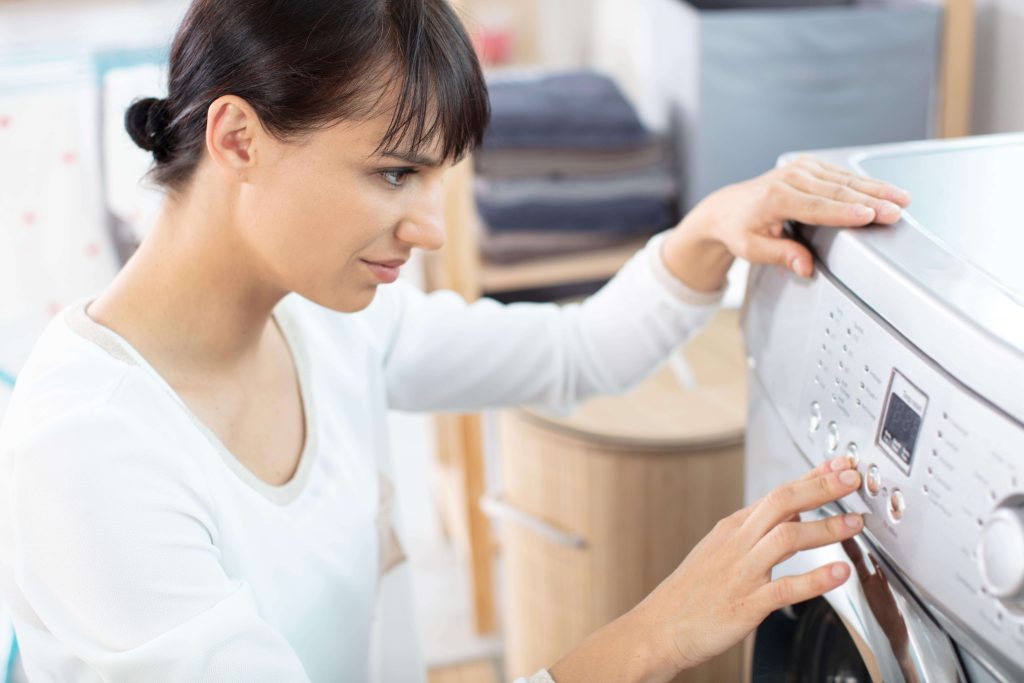
Leaving your washing machine to shake excessively isn’t just about annoying noise. It can lead to significant damage over time. Here’s why you should put an end to the excessive shaking:
It’ll Protect Your Home
Unchecked movements can weaken your floors, walls, and overall home structure. Although the damage may take a while to develop, it’s always best to address the problem in its early stages. Early intervention means keeping your home structurally sound.
It’ll Extend Your Appliance’s Lifespan
A little shake might seem harmless, but over time, it can take a toll on your washing machine and other appliances. Addressing the issue early ensures a longer lifespan for not only your washing machine but also other appliances and furniture.
SEE ALSO: Are There Any Low Vibration Washing Machines?
Frequently Asked Questions
Your washer might shake during the spin cycle due to reasons like an unbalanced load, uneven flooring, or issues with shock absorbers. Identifying the specific cause will help in finding a solution.
To stop your washing machine from shaking and moving, check and fix uneven flooring, balance your laundry load, ensure proper detergent use, and consider using anti-vibration pads.
Yes, anti-vibration pads are effective in reducing the shaking and noise produced by washing machines. They provide a stable platform and help absorb excess movement during operation.
Yes, a consistently shaking washing machine can potentially damage a house over time. Unchecked vibrations may weaken floors, walls, and the overall structure. It’s advisable to address the issue early to prevent structural damage.


